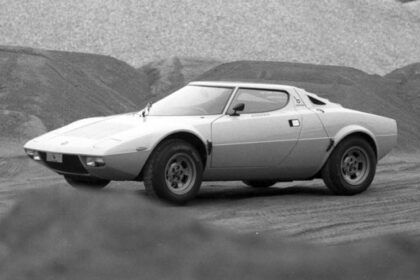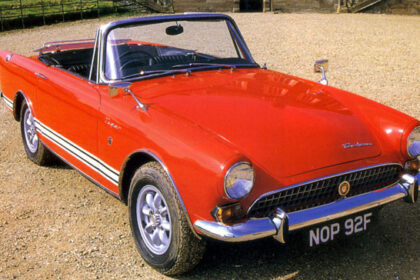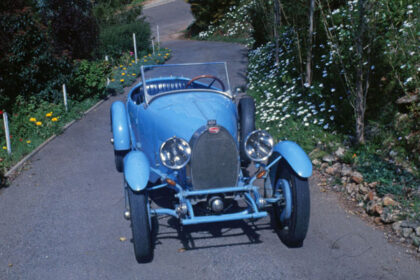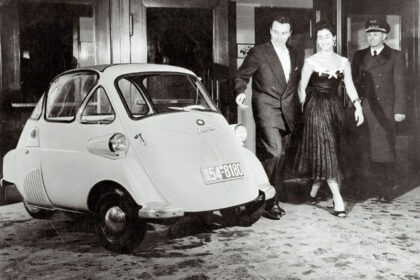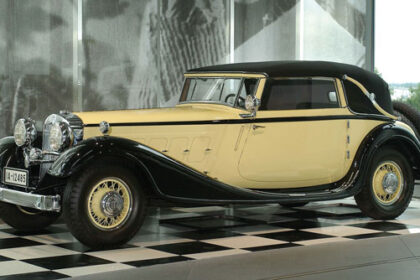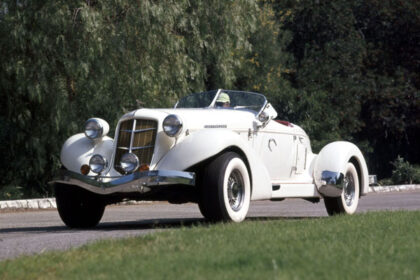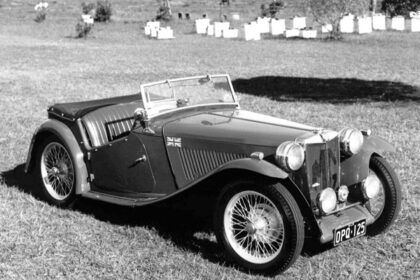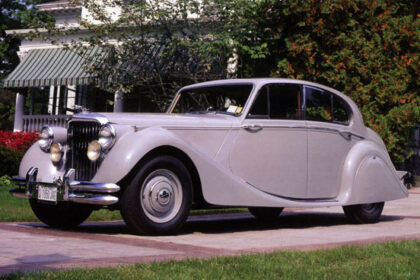ROVER 200

The Rover 200 is an interesting example of `badge-engineering’. The car started out as the Honda Ballade and evolved during the period when there was a strong relationship between Austin-Rover and Honda. The Triumph Acclaim was another `badge-engineered’ car from this relationship. In the early 1980s the British company did not have the funds to develop a wider range of models to make it more competitive and Honda was looking for a way of entering the British and European markets when the most obvious way was blocked due to a… Read more




